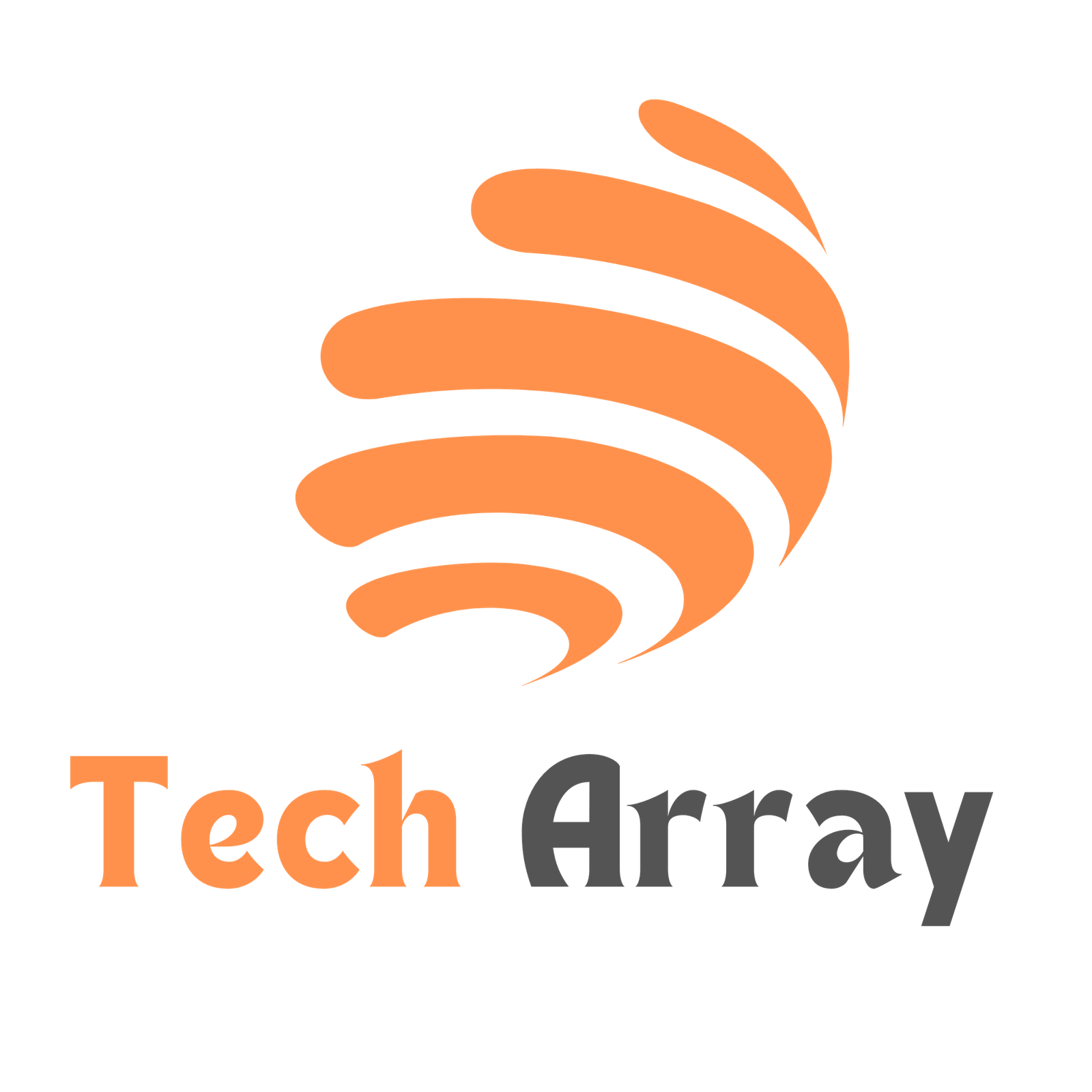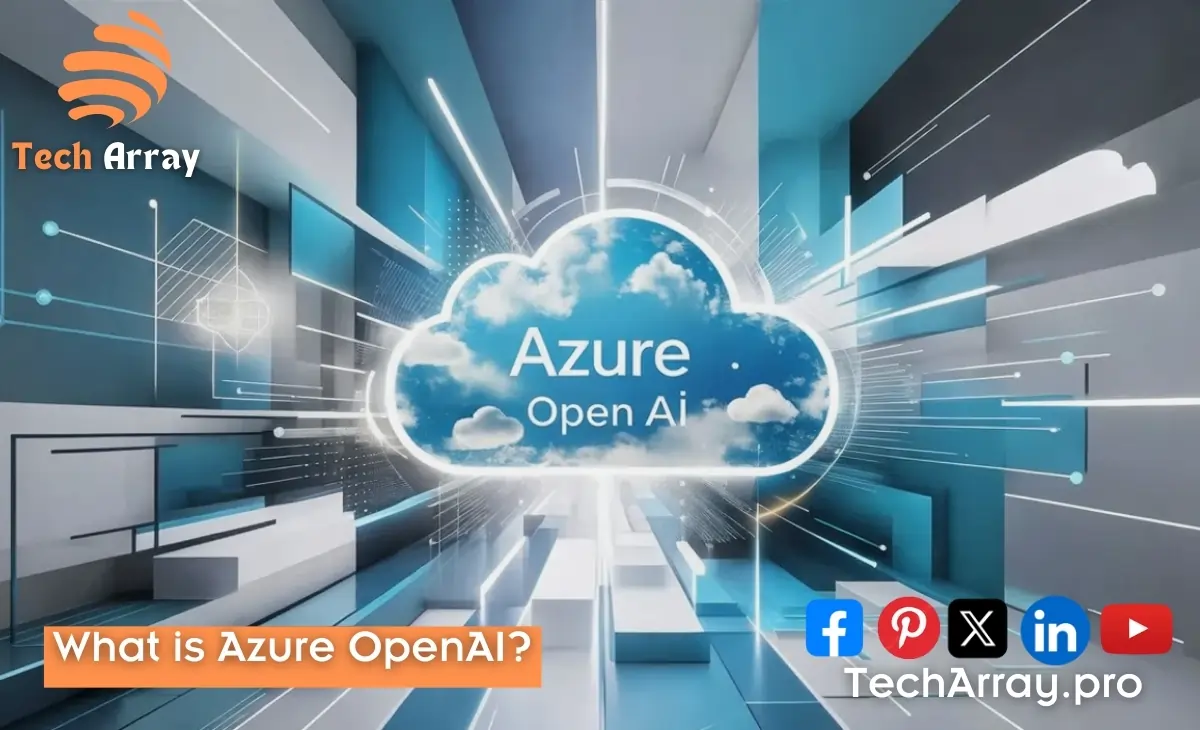Azure OpenAI is a powerful service provided by Microsoft that allows users to access advanced artificial intelligence models developed by OpenAI. These models can understand and generate human-like text, making them useful for various applications, from chatbots to content creation.
In this article, I’ll discuss what is Azure OpenAI, how it works, and why it is beneficial for businesses and developers. Let’s get started
How Does Azure OpenAI Work?
Azure OpenAI works by providing developers with access to sophisticated language models through an API (Application Programming Interface). This means that developers can send text to the API and receive responses generated by the AI model. The service is built on Microsoft Azure, which offers a secure and scalable cloud environment.
The process can be broken down into a few simple steps:
- Input Text: The user sends a prompt or question to the Azure OpenAI API.
- Processing: The AI model analyzes the input and generates a response based on its training.
- Output Text: The API returns the generated text to the user.
This seamless interaction allows businesses to integrate AI capabilities into their applications without needing to build complex models from scratch.
Key Features of Azure OpenAI
1. Advanced Language Models
Azure OpenAI utilizes some of the most advanced AI models developed by OpenAI, such as GPT (Generative Pre-trained Transformer). These models are trained on diverse datasets, allowing them to understand context and generate coherent text.
2. Scalability
Being part of Microsoft Azure, Azure OpenAI can handle varying loads. Whether you have a small project or a large-scale application, Azure OpenAI can scale to meet your needs.
3. Security
Microsoft Azure provides robust security features to protect your data. Azure OpenAI ensures that user data is safe and private, complying with industry standards and regulations.
4. Easy Integration
Developers can easily integrate Azure OpenAI into their existing applications. The API is user-friendly, making it simple to add AI capabilities to websites, mobile apps, and more.
5. Customization
Users can customize how the AI responds based on their specific needs. This flexibility allows for tailored solutions in various industries.
Benefits of Using Azure OpenAI
1. Enhanced Productivity
By automating tasks like content generation, customer support, and data analysis, Azure OpenAI helps businesses save time and resources. This allows employees to focus on more critical tasks.
2. Improved Customer Experience
Azure OpenAI can power chatbots and virtual assistants, providing quick and accurate responses to customer inquiries. This leads to better customer satisfaction and loyalty.
3. Cost-Effective Solutions
Using Azure OpenAI can be more cost-effective than developing in-house AI solutions. It reduces the need for extensive resources and expertise in AI development.
4. Innovation
Access to advanced AI technology encourages innovation. Businesses can experiment with new ideas and improve their services with the help of Azure OpenAI.
Common Use Cases for Azure OpenAI
1. Content Creation
Businesses can use Azure OpenAI to generate articles, blog posts, and social media content. This helps maintain a consistent online presence and engage audiences.
2. Customer Support
AI-powered chatbots can handle customer queries 24/7, providing immediate assistance and freeing up human agents for more complex issues.
3. Data Analysis
Azure OpenAI can analyze large datasets and generate insights, making it easier for businesses to make informed decisions.
4. Language Translation
The advanced language models can assist in translating text between different languages, enhancing communication in global businesses.
Getting Started with Azure OpenAI
To start using Azure OpenAI, follow these simple steps:
- Sign Up for Azure: Create an account on the Microsoft Azure website. You may get free credits to explore the services.
- Access the Azure OpenAI Service: Once you have an Azure account, navigate to the Azure OpenAI service in the Azure portal.
- Create a Resource: Set up a new resource for Azure OpenAI. This involves selecting the subscription and resource group.
- Obtain API Keys: After creating the resource, you will receive API keys. These keys allow you to authenticate your requests to the Azure OpenAI API.
- Start Integrating: Use the API keys to integrate Azure OpenAI into your applications. You can use programming languages like Python, JavaScript, or C#.
- Test and Iterate: Begin testing your integration and make adjustments as needed. Monitor performance and improve your application based on user feedback.
For more detailed information on getting started, you can visit the official Microsoft Azure documentation.
Video Tutorial Explaining What is Azure OpenAI Actually
FAQs
How can I use Azure OpenAI?
You can use Azure OpenAI by signing up for an Azure account, accessing the Azure OpenAI service, and integrating it into your applications using API keys.
Is Azure OpenAI secure?
Yes, Azure OpenAI is built on Microsoft Azure, which offers robust security measures to protect user data and ensure compliance with industry standards.
Can Azure OpenAI generate content?
Yes, Azure OpenAI can generate various types of content, including articles, social media posts, and marketing materials, helping businesses maintain an online presence.
What are the costs associated with using Azure OpenAI?
Azure OpenAI has a pay-as-you-go pricing model. Costs may vary based on usage, so it’s best to check the Azure pricing page for the most accurate information.
Conclusion
Azure OpenAI is a game-changer in the world of artificial intelligence. It offers businesses and developers an easy way to integrate advanced AI capabilities into their applications. From enhancing productivity to improving customer experiences, the benefits of using Azure OpenAI are clear.
By understanding how it works and exploring its features, you can unlock the potential of AI for your business. As technology continues to evolve, Azure OpenAI will undoubtedly play a significant role in shaping the future of how we interact with machines.




